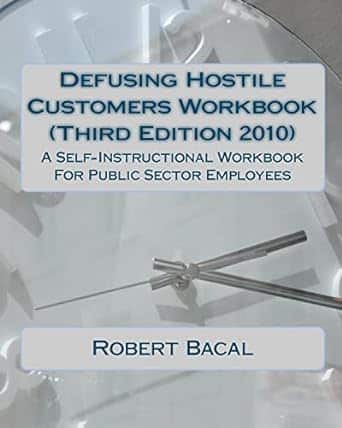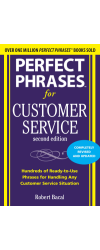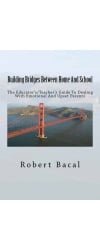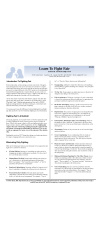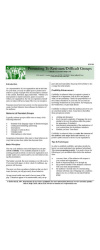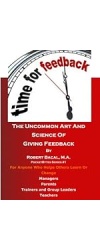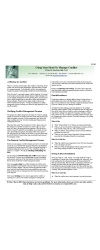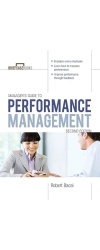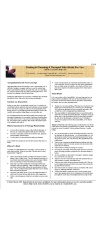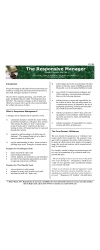Original price was: $38.96.$22.06Current price is: $22.06.
You can save a lot if you want this book in PDF format. Because of its interactive nature, we don’t produce a Kindle version.
Description
There’s always going to be rude, insulting, aggressive and angry customers. You’ve met them. They chew up your time, threaten, bully, cajol, even cry in order to get what they want from you and your company. And it costs big time. It’s stressful, for CSR’s, whether dealing in person, on social media or on the phone. It costs company money due to bad publicity, and lost customers. Is there a solution? Ways to reduce the effects of customers who are too pushy or complain in anger?
The answer is yes. We’ve been training customer service representatives to defuse angry and difficult customers for over twenty years in our seminars, and now we’ve created a “seminar in a book” so you can learn on your own and on your own schedule. We took all the principles and techniques from our seminars and added exercises so you actually LEARN them, and bundled them up into workbook of over 200 pages.
We’ll tell you what techniques you can use to get ranting customers to stop ranting, and start listening. We’ll teach you to use very specific techniques to both calm people down, and shorten difficult interactions. We’ll even help you have more confidence in tough situations, and provide workplace violence related safety tips.
The Book
This workbooks weighs in at over 200 pages, and doesn’t just tell you what to do, but provides exercises you can do to practice customer defusing skills. The answers to the exercises (and detailed explanations) are provided at the back of the book. It’s like a seminar in a book, but you don’t have to do “role-playing” to practice.
The workbook was originally designed for those working in government, public sector and publicly funded organizations, including educational institutions (e.g. schools, school boards). Don’t be fooled though. The skills and techniques inside apply to virtually any type of job that involves interacting with customers or clients.
Here’s just a few of the things included:
- Nature of Hostile Behavior
- How Hostile Situations Escalate
- Principles of Defusing
- Art of Self-Control
- Starting Off Successfully
- Using Co-operative Language
- Verbal Self-Defense Techniques
- Acknowledgment Tactics
- Countering Non-Verbal Intimidation
- Referral Techniques
- Telephone Hostility
- Limit Setting
About The Author, Robert Bacal
Robert Bacal has trained thousands of people to defuse hostile customers, over the last twenty years. In fact this book is based on his seminar, and contains techniques drawn from psycholinguistics, psychology, and perhaps more importantly from the thousands of customer service staff that have attended his seminars. He is also the author of Perfect Phrases For Customer Service, published by McGraw-Hill. For more information about Robert, click here. Overall, his books have sold over 400,000 copies world wide and been translated into French, Spanish, German, Chinese and other languages.
Our Guarantee
First, you have my personal guarantee that you WILL find techniques and principles that are completely new to you, regardless of how long you’ve been serving customers, or how many customer service seminars you’ve attended. We guarantee that this is not the same old simple minded repetition of what you already know. To stand behind our products, if, for any reason, this book hasn’t helped you, you can return it for a full refund (some conditions may apply, depending on the format of the book you’ve purchased).
Additional information
| Weight | 2 kg |
|---|
